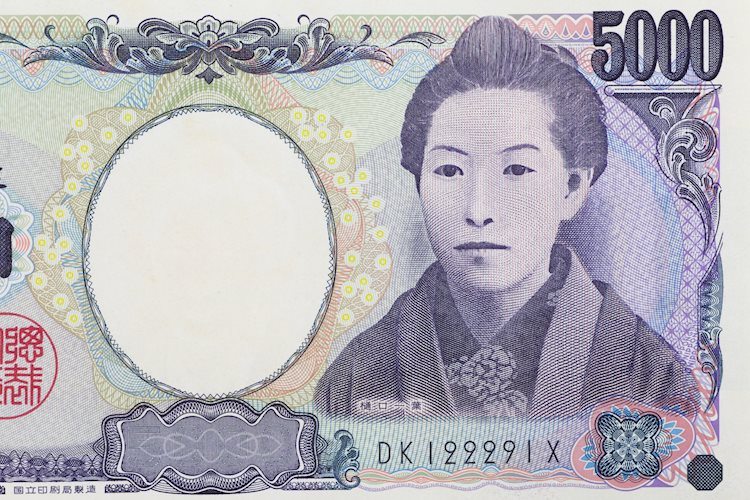The USD/JPY pair is trading near 149.00 ahead of the release of the Federal Open Market Committee (FOMC) minutes for the September meeting. The Fed recently reduced its key borrowing rates by 50 basis points to 4.75%-5.00%, the first dovish decision in over two-and-a-half years. This move was driven by concerns over deteriorating labor demand and increasing confidence in inflation returning to the bank’s target of 2%. The US Dollar is performing strongly as market participants do not anticipate another 50 bps rate cut in November.
Investors are eagerly awaiting the FOMC minutes to gain insights into officials’ views on potential interest rate actions in the last quarter of the year. Traders have already priced in two 25 bps rate cuts in the remaining two meetings of the year. The upcoming US Consumer Price Index (CPI) data for September, especially the core CPI excluding food and energy prices, is expected to show steady growth of 3.2%. This data will be crucial in determining the next moves by the Fed.
On the Japanese front, investors are closely watching the Producer Price Index (PPI) data for September. Market experts predict a slower rise in prices of goods and services at factory gates, from 2.5% in August to 2.3% in September. Persistent producer inflation could lead to expectations of more hikes by the Bank of Japan (BoJ). These factors will play a significant role in determining the direction of the USD/JPY pair in the near term.
The Federal Reserve (Fed) plays a key role in shaping US monetary policy, focusing on achieving price stability and fostering full employment. By adjusting interest rates, the Fed aims to control inflation and encourage borrowing. Inflation above the 2% target prompts rate hikes, strengthening the US Dollar. Conversely, lower interest rates are introduced to combat low inflation or high unemployment, weighing on the Greenback.
The Fed conducts eight policy meetings annually, where the Federal Open Market Committee (FOMC) reviews economic conditions and decides on monetary policy actions. The FOMC consists of twelve Fed officials, including members of the Board of Governors, the president of the New York Federal Reserve Bank, and four regional Reserve Bank presidents on a rotating basis. In times of crisis or low inflation, the Fed may implement Quantitative Easing (QE) to boost credit flow in the financial system.
Quantitative easing (QE) involves the Fed purchasing high-grade bonds from financial institutions by printing more Dollars. This policy was utilized during the 2008 financial crisis to stimulate the economy. On the other hand, Quantitative Tightening (QT) is the process of gradually reducing bond purchases, which can strengthen the US Dollar. These unconventional measures play a crucial role in influencing the value of the Dollar and monetary policy decisions by the Fed.











